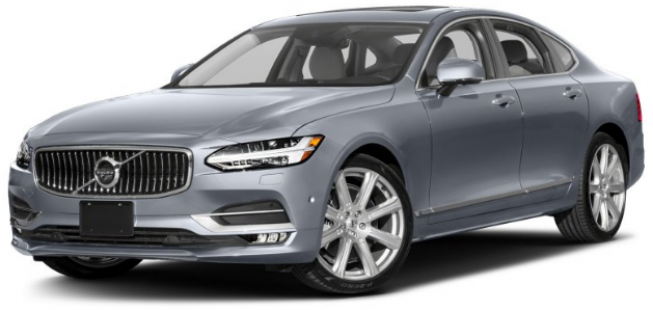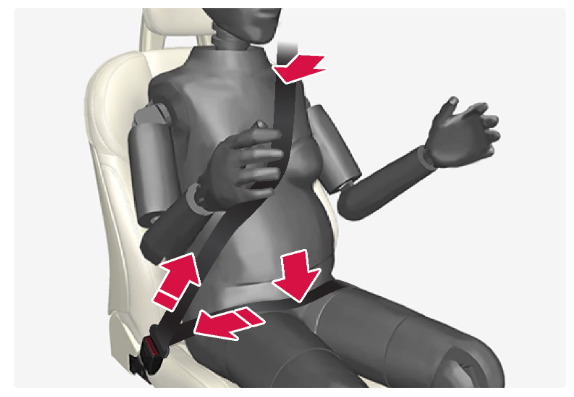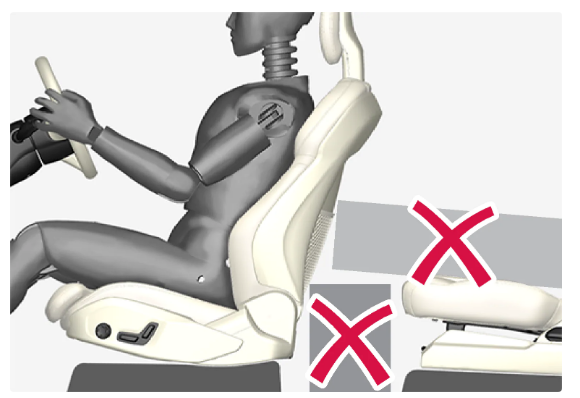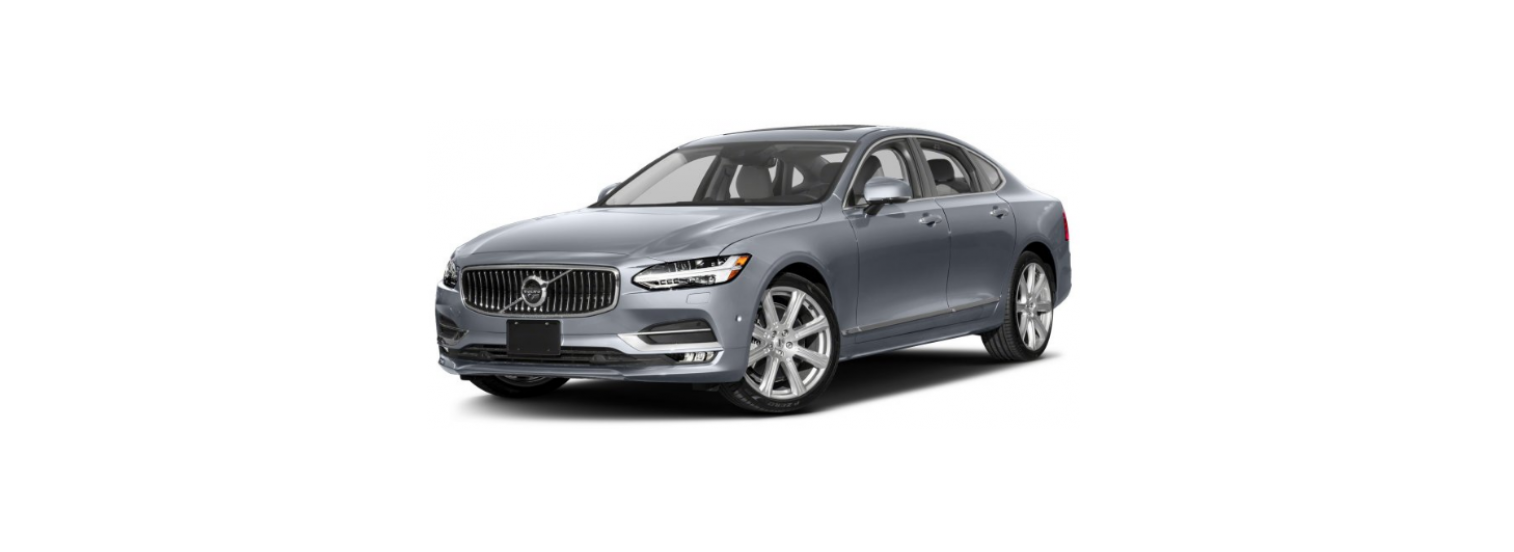2022 Volvo S90 Safety

Safety
The vehicle is equipped with several safety systems that work together to protect the vehicle’s driver and passengers in the event of an accident.
- The car is equipped with a number of sensors that react in the event of an accident and activate different safety systems, such as different types of airbags and seatbelt tensioners. Depending on the specific accident situation, such as collisions at different angles, roll-overs or driving off the road, the systems react in different ways to provide good protection.
- There are also mechanical safety systems such as Whiplash Protection System. The car is also constructed so that a large part of the force of a collision is distributed to beams, pillars, floor, roof and other parts of the body.
- The car’s safety mode may be activated after a collision if an important function in the car has been damaged.

The warning symbol is illuminated in the driver display when the car’s electrical system is set in ignition position II. The symbol is extinguished after approx. 6 seconds if the car’s safety system is fault-free.

If the specific warning symbol is broken then the general warning symbol is illuminated instead and the driver display shows the same message.
Pedestrian Protection System
The Pedestrian Protection System (PPS) is a system that, in certain frontal collisions, contributes to mitigating a pedestrian’s impact on the car.
In certain frontal collisions with a pedestrian, the sensors in the front of the car react and the system is activated.
When PPS is activated, the following occur:
- The rear section of the bonnet is raised.
- An automatic alarm is sent via Volvo Assistance.
The sensors are active at a speed of approx. 25-50 km/h (15-30 mph).
The sensors are designed to detect a collision with an object that has similar properties to those of the human leg.
Warning
- Do not fit any accessories or change anything in the front. Incorrect intervention at the front may cause incorrect function in the system and lead to serious injury and damage to the car.
- Volvo recommends that genuine wiper arms are used and that only genuine parts are used for them.
| Symbol | Specification |
|---|---|
 |
PPS has been activated, or a fault has occurred in the system. Follow the recommendation given. |
Safety during pregnancy
It is important that the seatbelt is used correctly during pregnancy, and that pregnant drivers adjust their seating position.

The diagonal section should wrap over the shoulder and then be routed between the breasts and to the side of the abdomen.
The lap section should lay flat over the thighs and as low as possible under the abdomen. – It must never be allowed to ride upward. Remove the slack from the seatbelt and ensure that it fits as close to the body as possible. In addition, check that there are no twists in the seatbelt.
Whiplash Protection System
Whiplash Protection System (WHIPS) reduces the risk of whiplash injuries. The system consists of energy-absorbing backrests and seat cushions, as well as a specially designed head restraint in the front seats.
- WHIPS is deployed in the event of a rear-end collision, where the angle and speed of the collision and the nature of the colliding vehicle all have an influence.
- When WHIPS is deployed, the front seat backrests are lowered backward and the seat cushions move downward to change the seating position of the driver and front seat passenger. Its movement helps to absorb some of the forces that can arise and cause whiplash.

Do not leave any objects on the floor behind or under the front seats or in the rear seat that may prevent WHIPS from functioning.
- Do not squeeze rigid objects between the rear seat cushion and the front seat’s backrest.
- If a backrest in the rear seat is lowered then any load must be secured to prevent it from sliding up to the front seat backrest in the event of a collision.
- For good protection from WHIPS, the driver and passenger must have the correct seating position and make sure that the system’s function is not obstructed.
- Set the correct seating position in the front seat before driving starts.
- The driver and front seat passenger should sit in the center of the seat with as little space as possible between the head and the head restraint.

